If You Love Birds, Don't Do This in Your Garden
Gardening can be a delightful hobby, especially when you have a passion for birds. However, many gardening practices can unintentionally harm our feathered friends. If you’re a bird lover, it’s essential to be aware of what to avoid in your garden to create a safe and welcoming environment for them. In this article, we’ll dive into common gardening hazards, the impact of harmful chemicals, unsafe structures, and how to create a bird-friendly garden. By making informed choices, you can enjoy a beautiful garden while also protecting the birds that bring it to life.
Many of us don’t realize that our gardens can harbor dangers for birds. From toxic plants to harmful chemicals, everyday gardening items can pose significant risks. For instance, some popular garden plants like foxglove and azalea are toxic to birds. Additionally, the use of chemical fertilizers and herbicides can contaminate the environment, leading to dire consequences for local wildlife. The good news is that by being aware of these hazards, you can take steps to protect these lovely creatures. Remember, a little awareness goes a long way in ensuring the safety of our avian friends.
Pesticides are notorious for their devastating effects on bird populations. These chemicals not only kill pests but can also harm birds directly and indirectly. When birds ingest treated insects or consume contaminated seeds, they face serious health risks. Moreover, pesticides can disrupt their food sources, making it challenging for them to find the nutrition they need. This disruption can even affect their nesting habits, leading to fewer chicks surviving to adulthood. It’s crucial to understand the impact of these chemicals, as they can ripple through the ecosystem, causing long-term damage.
There are various types of pesticides and herbicides commonly used in gardens that can be particularly harmful to birds and other wildlife. Here are some categories to be aware of:
- Insecticides: These target pests but can also kill beneficial insects that birds rely on for food.
- Herbicides: While they control unwanted plants, they can also affect native vegetation that provides shelter and food for birds.
- Fungicides: These can impact the insects and plants that birds depend on, potentially leading to food scarcity.
Understanding these categories can help you make safer gardening choices that prioritize the well-being of birds.
Systemic pesticides are particularly dangerous because they are absorbed by plants. This means that birds can be poisoned not only by eating the plants directly but also by consuming insects that have fed on them. The risk is significant, as these chemicals can linger in the plant tissues, making them a consistent threat. Therefore, if you’re using systemic pesticides, it’s vital to reconsider their use and explore alternatives that won’t endanger our feathered friends.
Insecticides can create a double-edged sword in the garden. While they eliminate pests, they also kill the insects that birds rely on for their diet. Imagine a bird searching for a meal only to find that its favorite food source has been wiped out. This scenario is becoming increasingly common due to the widespread use of harmful chemicals. If you love birds, consider their diets when applying any chemicals in your garden.
Fortunately, there are natural pest control methods that are safe for birds and effective in managing garden pests. Here are some alternatives:
- Companion Planting: Certain plants can repel pests naturally, reducing the need for chemical interventions.
- Attracting Beneficial Insects: Encourage insects like ladybugs and lacewings, which prey on harmful pests.
- Hand-Picking: For small infestations, simply hand-picking pests can be an effective solution.
By adopting these methods, you can maintain a beautiful garden and protect the birds that visit it.
In addition to harmful chemicals, certain garden structures can pose physical dangers to birds. Features such as netting, fencing, and even improperly designed water features can inadvertently harm them. For instance, birds can become entangled in garden netting or collide with fences, leading to injury or death. It’s essential to create a garden environment that minimizes these risks to ensure the safety of our avian companions.
While netting can be used to protect plants, it can also trap birds. Instead of using conventional netting, consider alternatives like bird-friendly mesh or fencing designed to minimize the risk of entanglement. This way, you can protect your plants without putting birds in danger.
Water features can attract birds, providing them with a vital resource. However, if not designed properly, they can also pose risks. Deep water bodies can be dangerous for small birds that may struggle to escape. To create safe water sources, consider using shallow birdbaths or adding rocks to provide escape routes for birds that may accidentally fall in.
Transforming your garden into a safe haven for birds is easier than you might think. Start by incorporating native plants that provide food and shelter. These plants are adapted to the local ecosystem and will attract a variety of birds. Additionally, ensure your garden is free from harmful chemicals, providing a safe environment for birds to thrive. Simple changes, like adding birdhouses or creating brush piles, can make a significant difference in attracting and supporting local bird populations.
- What plants should I avoid in my garden to protect birds? It's best to avoid toxic plants like foxglove, azalea, and yew.
- How can I naturally deter pests without harming birds? Consider companion planting, attracting beneficial insects, and using barriers instead of chemicals.
- What type of water feature is safest for birds? Shallow birdbaths with rocks or pebbles provide safe drinking and bathing spots.
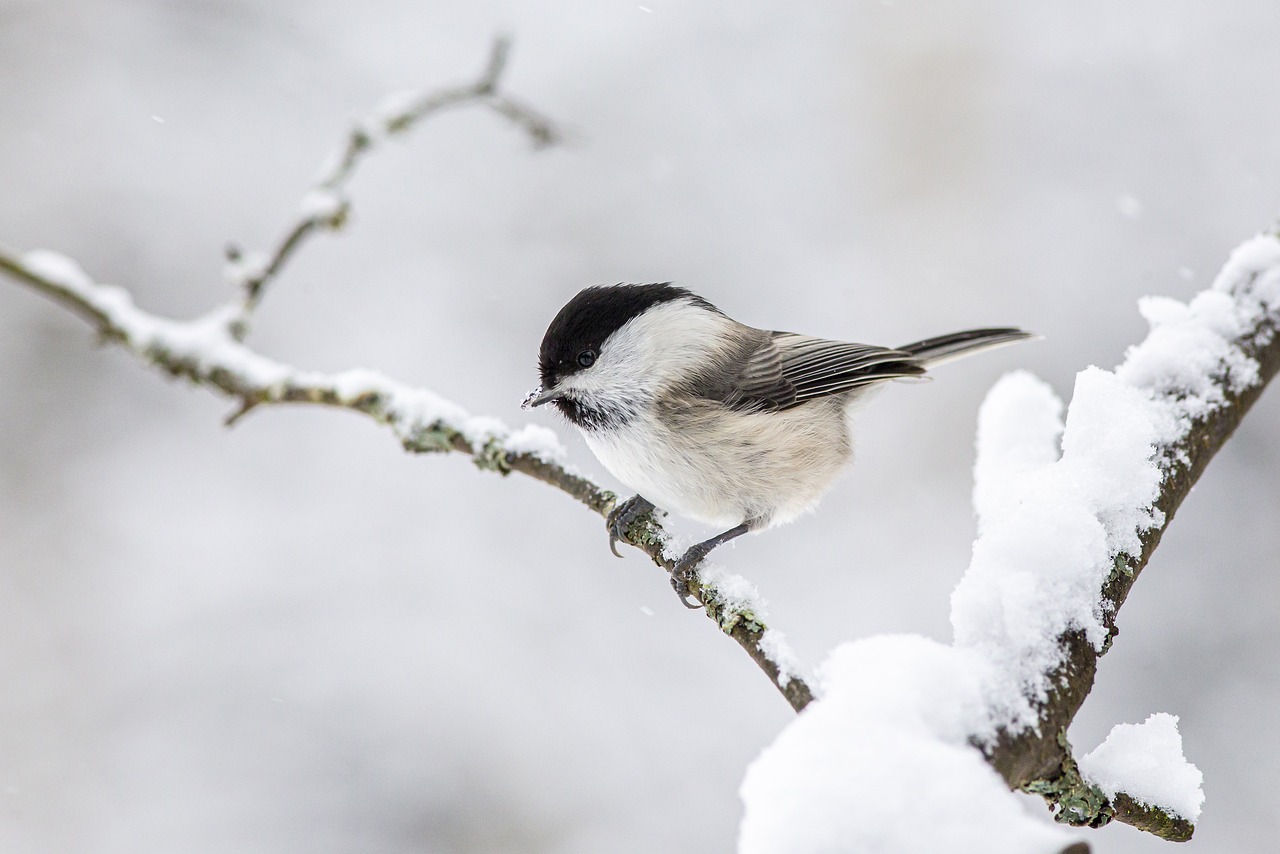
Common Garden Hazards
When we think of our gardens, we often envision a vibrant oasis filled with blooming flowers, lush greenery, and cheerful birds chirping away. However, it's essential to recognize that not everything in our gardens is safe for our feathered friends. There are several common hazards lurking in the soil, plants, and structures that can pose serious risks to birds. Understanding these dangers is the first step in creating a sanctuary where birds can thrive.
One of the most significant threats comes from toxic plants. Many gardeners unknowingly plant species that are harmful or even lethal to birds. For instance, plants like oleander and azalea contain toxins that can disrupt a bird's digestive system or lead to severe health issues. It's crucial to research and select bird-friendly plants that not only beautify your garden but also provide a safe habitat.
Additionally, the use of harmful chemicals is a widespread practice in gardening that can have devastating effects on local bird populations. Pesticides, herbicides, and fertilizers may help control pests and promote plant growth, but they can also contaminate the environment, affecting not just the targeted pests but also the birds that feed on them. Even seemingly harmless chemicals can accumulate in the food chain, leading to long-term health problems for birds.
Structures in the garden can also become hazards. For example, netting used to protect plants can entangle birds, leading to injury or death. Similarly, glass features, such as decorative panels or greenhouses, can pose collision risks, as birds often cannot see them. It's essential to be mindful of these structures and consider safer alternatives that can still protect your plants without jeopardizing wildlife.
Here’s a quick summary of common garden hazards:
| Hazard Type | Description |
|---|---|
| Toxic Plants | Plants that are harmful or lethal to birds, such as oleander and azalea. |
| Harmful Chemicals | Pesticides, herbicides, and fertilizers that can contaminate the environment. |
| Unsafe Structures | Netting and glass features that can injure or kill birds. |
In summary, being aware of these is crucial for anyone who loves birds. By choosing safer gardening practices and being mindful of the plants and structures we use, we can create a beautiful garden that serves as a safe haven for our feathered friends. Remember, a little awareness goes a long way in protecting the wildlife we cherish!
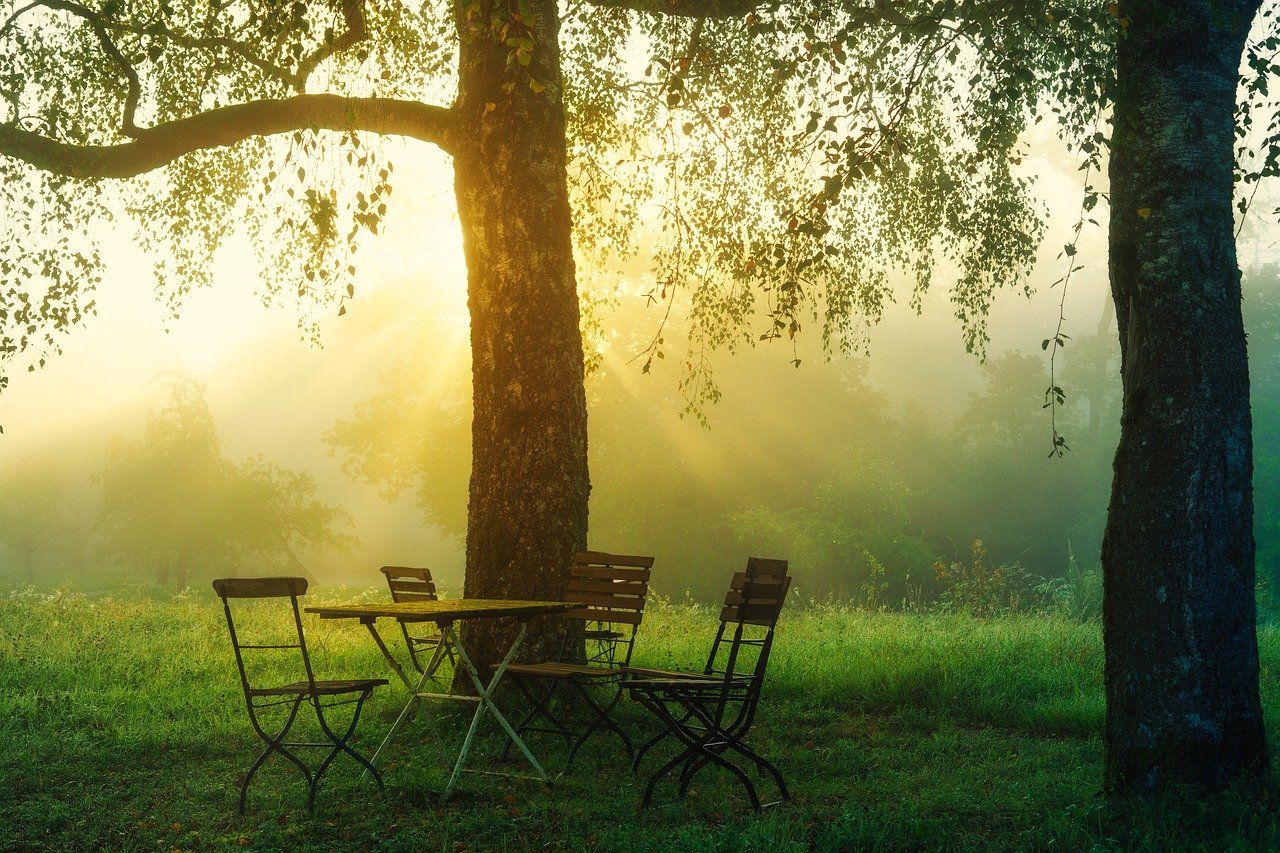
Impact of Pesticides
Pesticides are often seen as a gardener's best friend, but they can have devastating effects on bird populations. When we spray our gardens with these chemicals, we may think we're protecting our plants from pests, but the reality is that we're also putting our feathered friends at risk. Birds are not just beautiful creatures that enhance our gardens; they play a crucial role in controlling insect populations and pollinating plants. So, what happens when we use pesticides? The impact can be far-reaching and detrimental, affecting not only the birds themselves but also their food sources and nesting habits.
One of the most alarming aspects of pesticide use is that many birds are exposed to these chemicals through their food. For instance, when insects that have been exposed to pesticides are consumed by birds, the toxins can accumulate in their bodies, leading to various health issues. In fact, studies have shown that certain insecticides can cause neurological damage, reproductive problems, and even death in birds. It's a tragic irony: in our quest to maintain a pristine garden, we may inadvertently be harming the very creatures that help keep it thriving.
Moreover, the effects of pesticides extend beyond immediate poisoning. These chemicals can disrupt the entire ecosystem. For example, a decline in insect populations due to pesticide use means that birds have less food available. This can lead to decreased reproductive success, as parent birds struggle to find enough nourishment for their chicks. Additionally, pesticides can alter the habitats where birds nest and feed, making it difficult for them to thrive. The cycle of life becomes unbalanced, and the consequences can be felt for generations.
To illustrate the impact of pesticides on birds, consider the following table that highlights some of the key effects:
| Effect | Description |
|---|---|
| Neurological Damage | Exposure to certain pesticides can lead to impaired motor functions and coordination issues in birds. |
| Reproductive Problems | Pesticides can cause reduced fertility and developmental issues in bird embryos. |
| Food Source Decline | As insect populations dwindle due to pesticide use, birds face food shortages, impacting their survival. |
| Habitat Alteration | Pesticides can change the composition of flora in gardens, affecting nesting sites and feeding grounds. |
It's clear that the use of pesticides can create a ripple effect in our gardens and the broader ecosystem. So, what can we do to minimize this impact? It's essential to consider alternatives to chemical pesticides that are safer for birds and other wildlife. By embracing natural pest control methods, we can protect our gardens while also safeguarding the avian species that enrich our lives.
In conclusion, the impact of pesticides on birds is a serious concern that should not be taken lightly. As gardeners, we have a responsibility to create environments that are not only beautiful but also safe for all inhabitants. By being mindful of our gardening practices and choosing safer alternatives, we can ensure that our gardens remain a sanctuary for birds and other wildlife.
- What are some safe alternatives to pesticides? Natural pest control methods include companion planting, introducing beneficial insects, and using organic solutions like neem oil.
- How can I attract birds to my garden? Planting native species, providing water sources, and creating shelter with shrubs and trees can help attract birds.
- Are all pesticides harmful to birds? While some pesticides are more harmful than others, it's best to avoid using any chemical pesticides if possible.
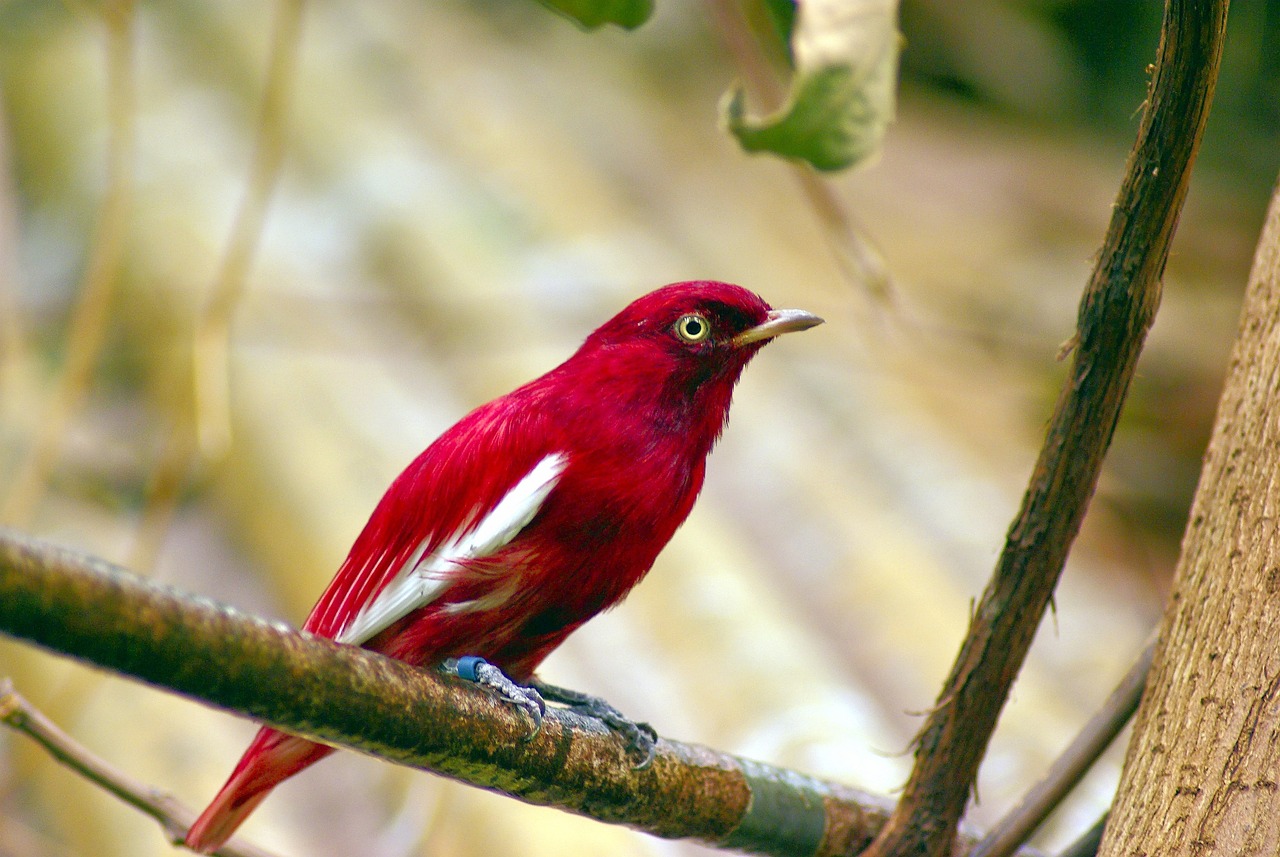
Types of Harmful Chemicals
When it comes to gardening, many of us want to create a vibrant and lush environment. However, it's crucial to recognize that some of the chemicals we use can be detrimental to our avian friends. Understanding the types of harmful chemicals that are commonly found in gardens is the first step toward making safer choices. Let's delve into the most prevalent offenders.
First up are herbicides, which are designed to kill unwanted plants. While they may effectively eliminate weeds, they can also disrupt the natural ecosystem. Many herbicides contain glyphosate, a chemical that, although effective against weeds, can harm birds directly when they ingest treated plants or indirectly by affecting their food sources.
Next, we have insecticides. These are meant to target pests, but they don't discriminate. When you spray your garden with insecticides, you might be unknowingly wiping out the insects that birds rely on for food. For example, if you use a broad-spectrum insecticide, it can kill beneficial insects such as bees and butterflies, which are essential for pollination, as well as the insects that birds eat.
Another category to consider is fungicides. While they help to combat fungal diseases in plants, some fungicides can be toxic to birds, especially if they consume contaminated seeds or insects. The effects can be insidious, as these chemicals may not kill birds outright but can lead to long-term health issues, affecting their reproductive success and overall well-being.
To illustrate the impact of these chemicals, consider the following table:
| Chemical Type | Impact on Birds |
|---|---|
| Herbicides | Can poison birds directly and eliminate food sources. |
| Insecticides | Reduces food supply by killing insects birds rely on. |
| Fungicides | Toxic effects that may lead to health issues over time. |
It's also worth mentioning systemic pesticides. These are absorbed by plants and can remain in their tissues, making them toxic to any bird that consumes the plant or its insects. This means that even if you think you're targeting a specific pest, you might be inadvertently harming the very birds you wish to attract to your garden.
In summary, the types of harmful chemicals we often use in our gardens can have dire consequences for bird populations. By being aware of these substances, we can make informed decisions that not only protect our feathered friends but also promote a healthier garden ecosystem. Remember, a garden that supports wildlife is ultimately more rewarding and beautiful!
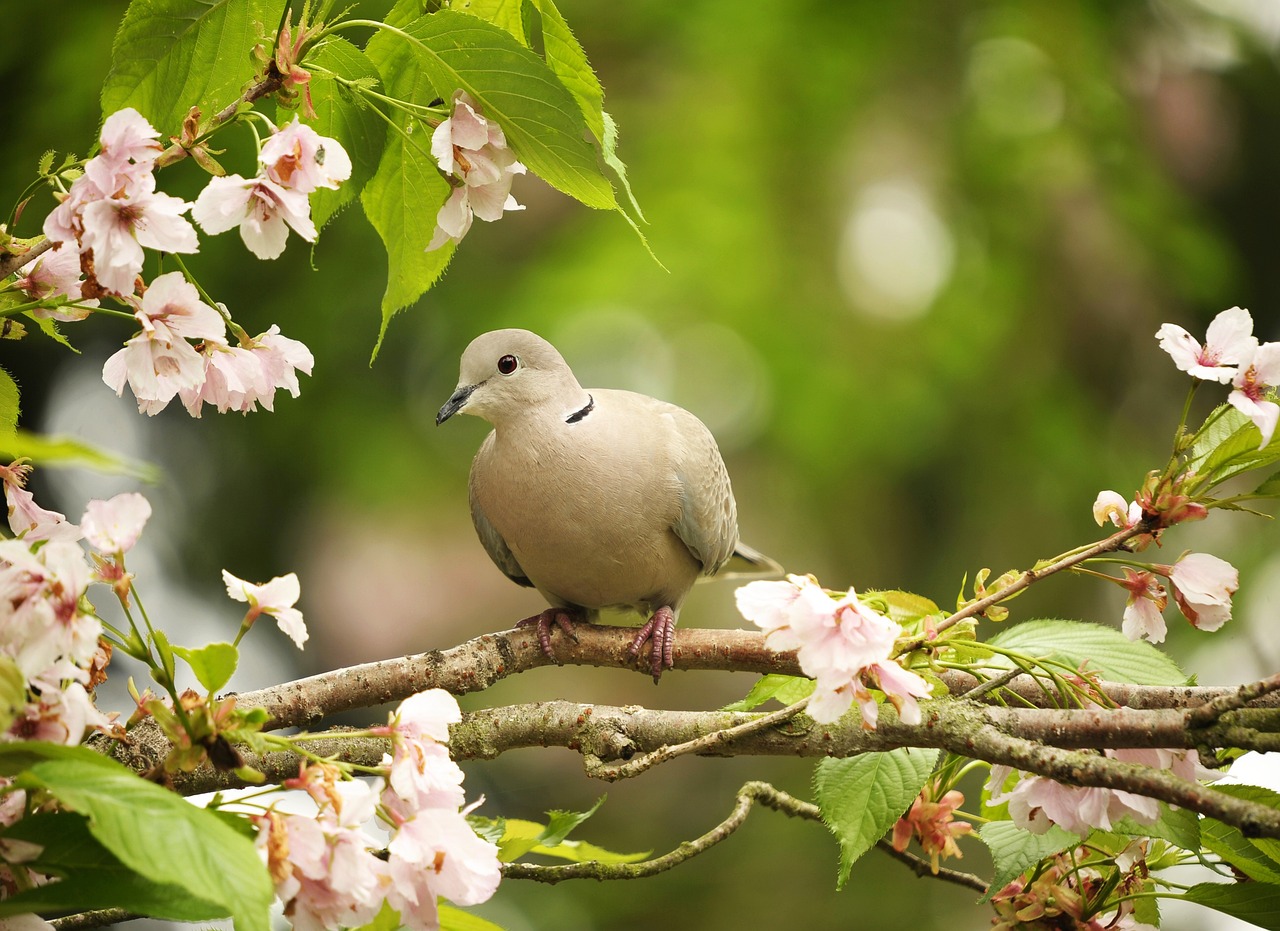
Systemic Pesticides
Systemic pesticides are a hidden danger lurking in many gardens. Unlike traditional pesticides that are sprayed on the surface of plants, systemic pesticides are absorbed by the plant's tissues. This means that when birds consume the leaves, seeds, or even insects that have fed on these plants, they unknowingly ingest these toxic chemicals. Imagine a bird munching on a seemingly healthy berry, only to find out it’s laced with poison! The impact can be devastating, not only harming individual birds but also affecting entire populations.
The danger of systemic pesticides extends beyond just the immediate effects on birds. These chemicals can disrupt the entire ecosystem. When birds consume contaminated insects, they inadvertently harm their own reproductive success, as these pesticides can affect their ability to lay eggs or raise healthy chicks. It’s a cascading effect that can lead to a decline in bird populations over time. Think of it like a chain reaction: one small change in the garden can lead to significant consequences in nature.
To help illustrate the potential risks associated with systemic pesticides, consider the following table that outlines some common systemic pesticides, their effects, and safer alternatives:
| Pesticide | Effects on Birds | Safer Alternative |
|---|---|---|
| Imidacloprid | Causes disorientation and affects reproduction | Neem oil or insecticidal soap |
| Clothianidin | Can be lethal to birds that consume contaminated insects | Beneficial insects like ladybugs |
| Thiamethoxam | Disrupts the nervous system and can lead to death | Companion planting to deter pests |
By understanding the risks associated with systemic pesticides, gardeners can make informed choices that protect our feathered friends. Opting for natural pest control methods not only helps to maintain a healthy garden but also fosters a thriving environment for birds. Remember, a little awareness goes a long way in preserving the delicate balance of nature.
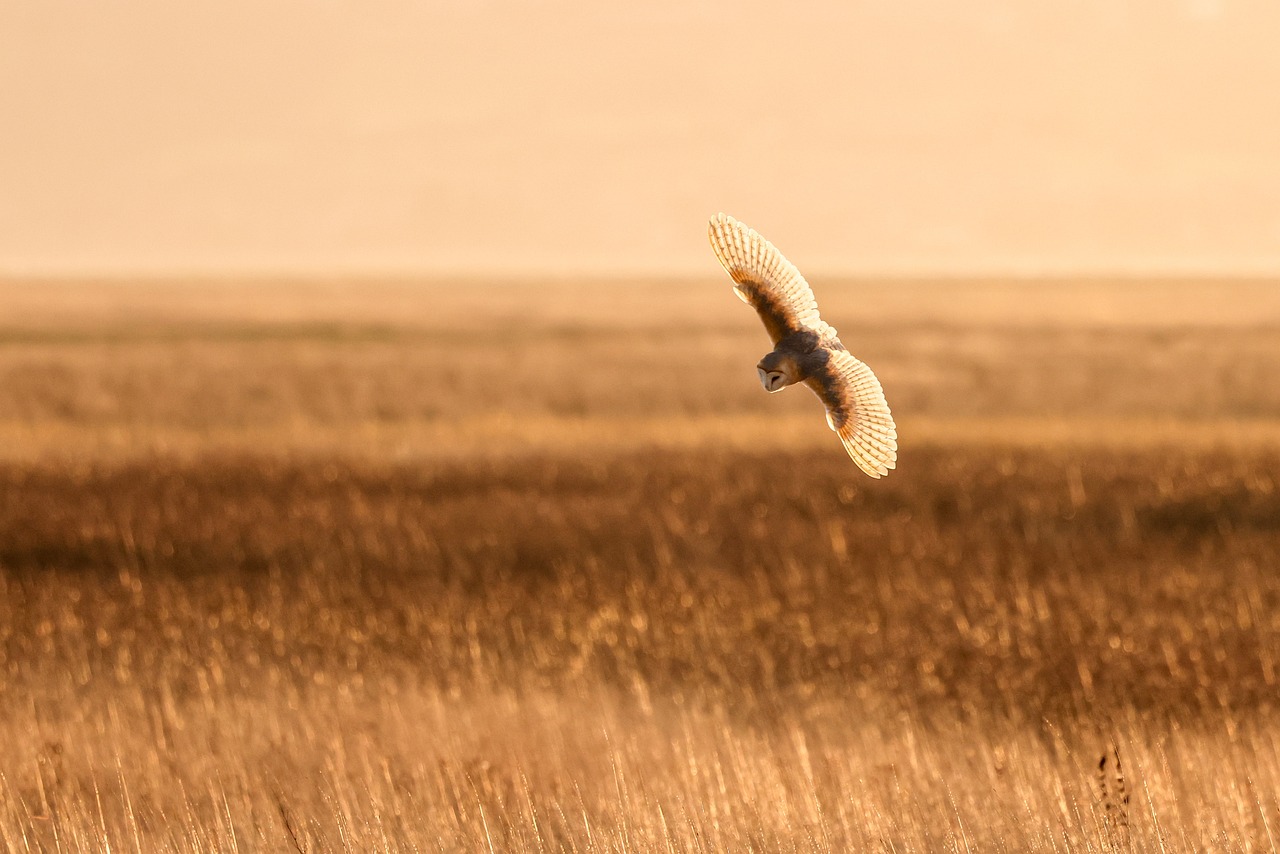
Insecticides and Bird Food
When it comes to maintaining a beautiful garden, many of us resort to insecticides to keep pesky bugs at bay. However, what we often overlook is the ripple effect these chemicals can have on the very birds we cherish. Imagine a vibrant garden filled with the sweet melodies of chirping birds, only to find that your choice of pest control is silencing them instead. Insecticides are designed to eliminate pests, but they don't discriminate; they can also wipe out the insects that our feathered friends rely on for sustenance.
Birds play a crucial role in our ecosystem, and their diets are often heavily reliant on insects. For instance, many species of songbirds feed their young a diet rich in insects to ensure they get the protein necessary for growth. When insecticides are sprayed, they not only kill off the targeted pests but also the beneficial insects that birds depend on. This can lead to a significant decline in bird populations, as they struggle to find food sources. It's a cruel irony: in our attempt to create a pest-free paradise, we might be inadvertently creating a bird-free zone.
Moreover, the impact of insecticides doesn't stop at the insects themselves. Birds can be exposed to these chemicals through various means, such as:
- Direct ingestion: Birds may consume insects that have been poisoned, leading to toxic effects.
- Contaminated water: If insecticides wash into water sources, birds that drink from these areas can suffer ill effects.
- Residue on plants: Birds may inadvertently ingest chemicals when they feed on plant material or seeds that have been treated with insecticides.
So, what can we do to protect our avian friends while still managing pests in our gardens? The answer lies in adopting bird-friendly practices that promote a healthy ecosystem. Instead of reaching for that spray can, consider implementing natural pest control methods. For example, you can attract beneficial insects, such as ladybugs and lacewings, which are natural predators of common garden pests. Planting a diverse range of flowers and herbs can create a habitat that encourages these helpful creatures to thrive.
Additionally, you can create a more balanced garden ecosystem by incorporating native plants that provide food and shelter for birds. These plants are often better suited to your local environment and can support a wider variety of insects that birds feed on. By fostering a garden that attracts the right insects, you can reduce the need for harmful chemicals and create a safe haven for birds.
In conclusion, while insecticides may seem like a quick fix for pest problems, they can have devastating consequences for bird populations. By choosing to embrace more natural gardening methods, we can protect our feathered friends and ensure that our gardens remain lively and full of song. Remember, a thriving garden is one that supports all its inhabitants, not just the plants.
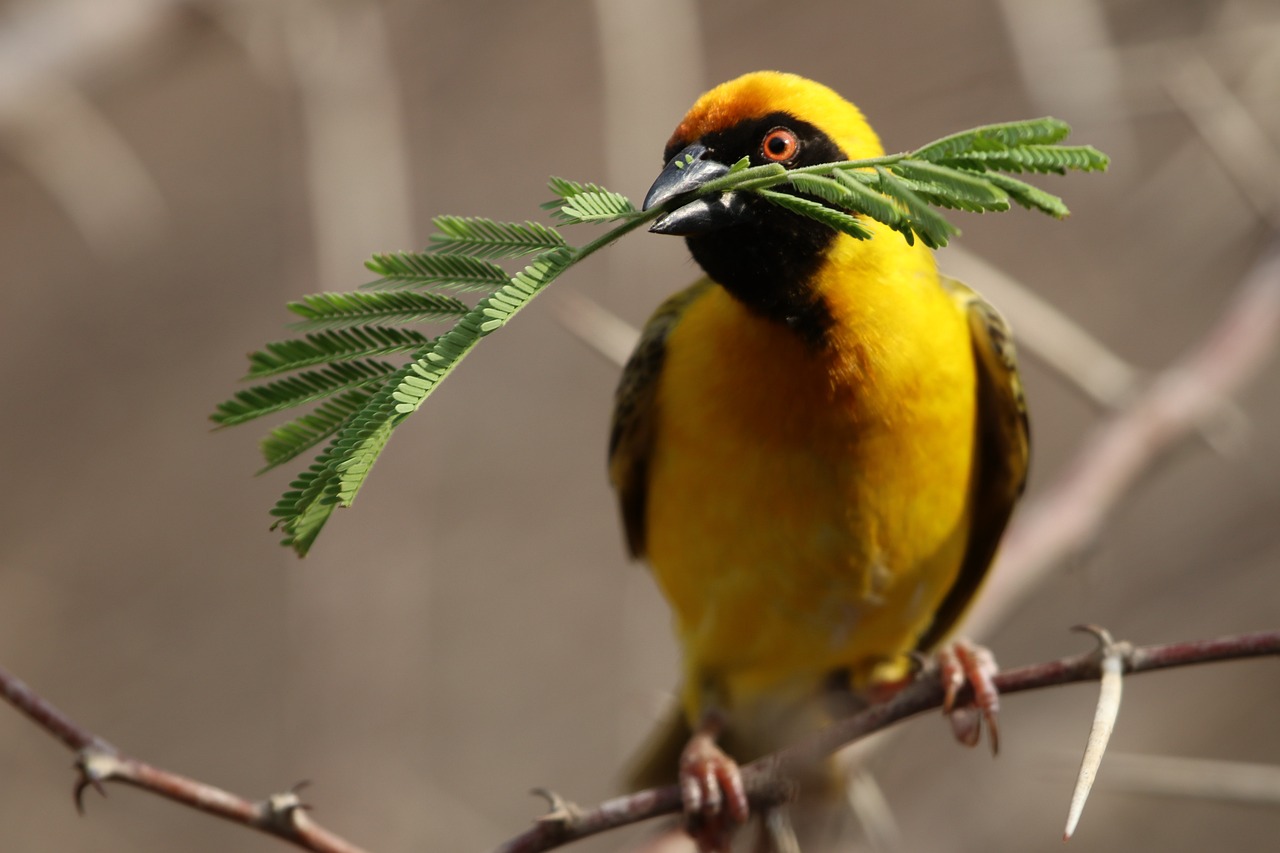
Alternatives to Chemicals
When it comes to maintaining a stunning garden, the idea of using harsh chemicals can be tempting. However, there are numerous natural alternatives that can keep your garden thriving without putting our feathered friends at risk. Embracing these eco-friendly methods not only protects birds but also promotes a healthier ecosystem overall. So, what are some effective strategies you can implement?
One of the most effective methods is companion planting. This technique involves growing different plants in close proximity for mutual benefits. For example, planting marigolds alongside vegetables can deter pests while attracting beneficial insects that help control unwanted bugs. It's like throwing a garden party where everyone gets along! Not only will your plants flourish, but you'll also create a vibrant habitat that welcomes birds.
Another great alternative is to attract beneficial insects to your garden. Ladybugs, lacewings, and predatory wasps are natural predators of common garden pests. By planting a variety of flowers that bloom at different times, you can ensure a steady supply of food for these helpful insects. In turn, they will help keep your garden pest-free, allowing you to maintain a safe environment for birds. Think of it as creating a buffet for your garden's natural allies!
Additionally, you can utilize homemade remedies that are both safe and effective. For instance, a simple mixture of water and dish soap can help control aphids without harming birds. Just be sure to test any solution on a small area first to ensure it doesn’t adversely affect your plants. This is a great way to keep your garden chemical-free while still addressing pest issues.
Another innovative strategy is to create a diverse habitat by incorporating a variety of plants. Different species attract various insects, which in turn attract birds. This diversity not only enhances the beauty of your garden but also creates a balanced ecosystem. Consider planting native species, as they are well-adapted to the local environment and provide essential food and shelter for native birds.
Finally, consider using physical barriers instead of chemicals. For example, insect netting can protect your plants from pests while allowing birds to fly freely. Just make sure the netting is designed to prevent entanglement, ensuring that birds can navigate your garden safely. By focusing on these natural methods, you can create a beautiful, thriving garden that supports bird populations rather than harming them.
In conclusion, transitioning to chemical-free gardening practices is not only beneficial for birds but also enriches your gardening experience. By adopting these alternatives, you can cultivate a lush, inviting space that harmonizes with nature and fosters a diverse range of wildlife.
- What are some signs that I need to control pests in my garden?
Look for damaged leaves, visible insects, or holes in your plants, which can indicate pest problems. - Can I use essential oils as a natural pesticide?
Yes, many essential oils have insect-repelling properties and can be used as a natural alternative to chemical pesticides. - How can I attract beneficial insects to my garden?
Plant a variety of flowering plants, including herbs like dill and fennel, which are known to attract beneficial insects. - Is it safe to use homemade remedies on all plants?
Always test any homemade solution on a small area of your plants first to ensure they are not adversely affected.
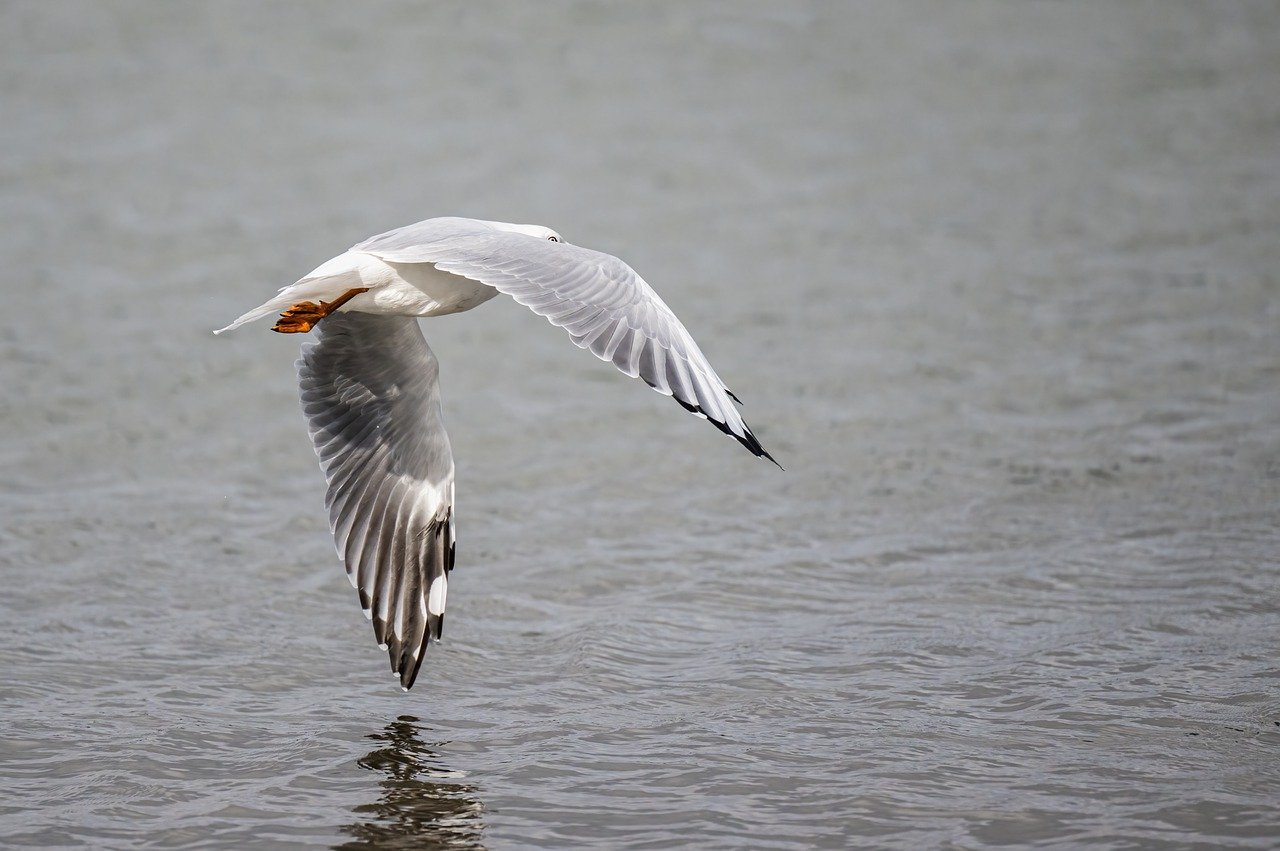
Unsafe Garden Structures
When we think of creating a beautiful garden, our minds often drift to vibrant flowers, lush greenery, and perhaps a cozy seating area. However, it's crucial to remember that not all garden features are safe for our feathered friends. In fact, certain structures can pose significant risks to birds, leading to injury or even death. For instance, netting used to protect plants from pests can inadvertently trap birds. Imagine a small bird, flitting about in search of food, suddenly finding itself ensnared in a web of plastic. It’s a heart-wrenching thought, isn't it?
Moreover, fences, while they help define spaces in our gardens, can also become hazardous. Birds often misjudge distances and can collide with solid structures, leading to fatal consequences. It’s essential to consider the implications of our garden designs on wildlife. To help you understand the potential dangers, let’s explore some common garden structures that can inadvertently harm birds:
- Netting: Used to protect fruits and vegetables, netting can entangle birds, especially if it’s not secured properly.
- Glass Features: Garden ornaments made of glass can reflect sunlight, causing confusion for birds, leading them to fly into them.
- Sharp Edges: Structures with sharp edges, like trellises or fences, can injure birds that accidentally fly into them.
Now, you might be wondering, what can we do to minimize these risks? The answer lies in thoughtful design and material selection. For instance, instead of using plastic netting, consider opting for alternatives like bird-safe mesh that allows birds to pass through without harm. Additionally, when building fences, using materials that are less reflective can significantly reduce the risk of bird collisions. It's all about creating a space that is not only beautiful but also safe for the wildlife that frequents it.
Water features can also be a double-edged sword. While they attract birds, providing them with a vital source of hydration, they can become dangerous if not designed with care. For example, a deep fountain with steep sides can make it difficult for birds to escape once they land. To create a bird-friendly water feature, consider adding shallow dishes or sloping edges that allow birds to bathe and drink without the risk of drowning. A little creativity can go a long way in ensuring our gardens are welcoming sanctuaries for birds.
In conclusion, as we cultivate our gardens, let’s remain vigilant about the structures we incorporate. By being mindful of the potential hazards and taking proactive steps to mitigate them, we can create a thriving ecosystem that benefits both our gardens and the birds that inhabit them. After all, a garden should be a place of beauty, tranquility, and safety for all living creatures.
Q: What types of netting are safe for birds?
A: Look for bird-safe mesh that is designed to keep birds out without the risk of entanglement. Avoid plastic netting that can trap them.
Q: How can I make my water feature safer for birds?
A: Create shallow areas or sloping edges in your water feature to allow birds to easily access water without the risk of drowning.
Q: Are there any plants that are particularly dangerous for birds?
A: Yes, certain plants like oleander and yew are toxic to birds. Always research plant safety before adding them to your garden.
Q: What should I do if I find a bird caught in netting?
A: If you find a bird trapped, approach slowly and carefully. If safe, gently cut the netting away and allow the bird to fly free. If the bird is injured, contact a local wildlife rehabilitator for assistance.
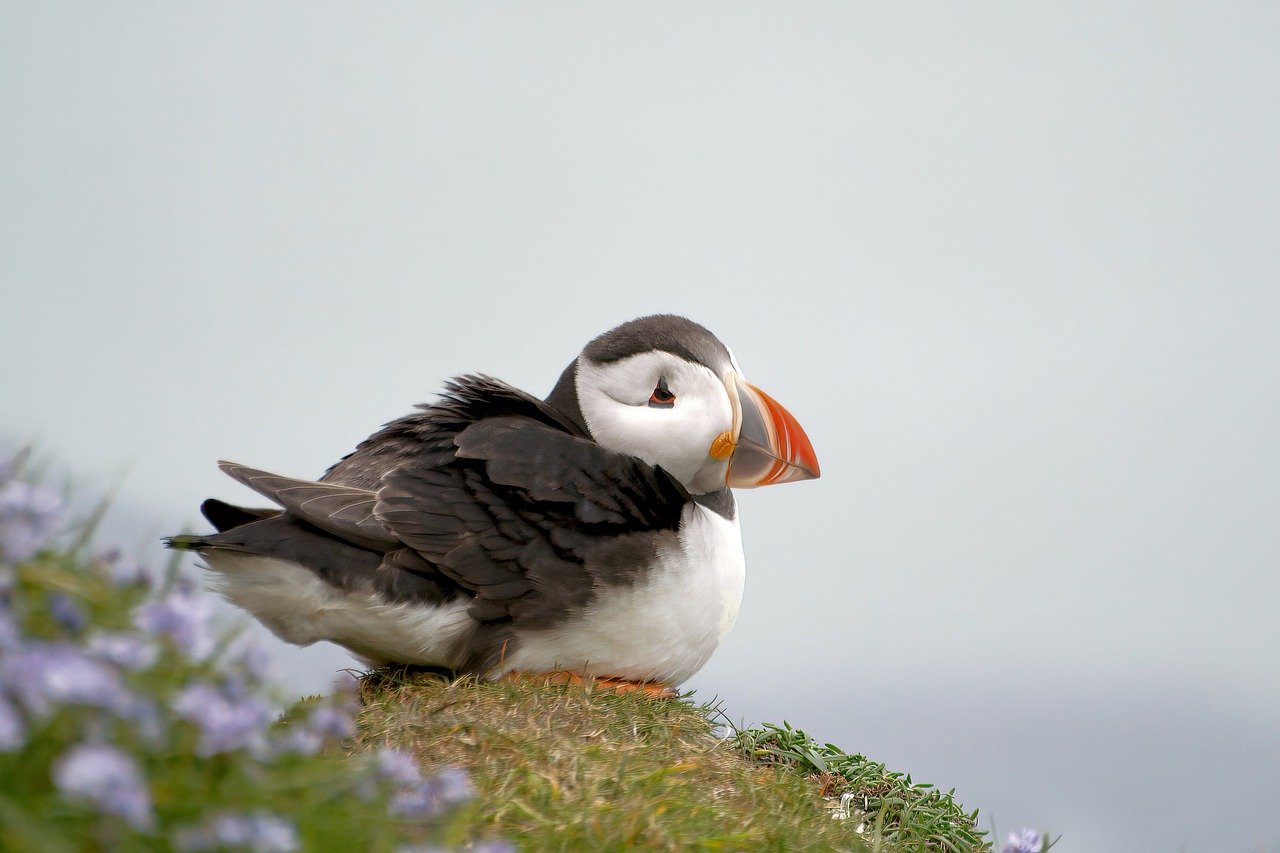
Netting and Fencing
When it comes to creating a beautiful garden, netting and fencing often seem like essential elements for protecting plants. However, these structures can inadvertently become dangerous traps for our feathered friends. Birds, with their natural curiosity and propensity for exploration, can easily become entangled in garden netting. This not only leads to injury but can also result in death, as they struggle helplessly to escape. Imagine a vibrant garden, full of life and color, but hidden dangers lurk in the shadows, threatening the very creatures we wish to attract.
Fencing, while useful for keeping out larger animals, can also pose a risk. Birds may collide with the hard surfaces of fences, leading to serious injuries or even fatalities. The sharp edges and solid barriers can be particularly hazardous, especially for smaller bird species that might not see them until it’s too late. Just as humans need safe environments to thrive, so do birds. It's crucial to consider how our garden designs impact these delicate creatures.
So, what can we do to protect birds while still maintaining the integrity of our gardens? Here are some alternatives:
- Use bird-safe netting: Opt for netting that is designed specifically to prevent entanglement. Look for options that are made from softer materials and have larger openings, allowing birds to escape if they do get caught.
- Install fencing with visibility: Consider using fencing that is painted in bright colors or has patterns that are more visible to birds, reducing the likelihood of collisions.
- Incorporate natural barriers: Instead of traditional fencing, think about using hedges or shrubs. These not only provide a natural aesthetic but also create a safer environment for birds, as they can navigate through foliage more easily.
By rethinking our garden structures, we can create a space that is not only beautiful but also safe for the birds we cherish. Just as we protect our homes from outside dangers, we must also take steps to ensure that our gardens are safe havens for wildlife. Remember, a little awareness can go a long way in making our gardens a sanctuary for our feathered friends.
Q: What type of netting is safest for birds?
A: Look for netting that is specifically labeled as bird-safe, made from softer materials with larger openings to prevent entanglement.
Q: How can I make my fencing more visible to birds?
A: You can paint your fencing in bright colors or use patterned designs that are easier for birds to see, reducing the risk of collision.
Q: Are there any plants I can use as natural barriers instead of fences?
A: Yes! Consider using native shrubs or hedges that provide both a natural barrier and habitat for birds, creating a safer environment.
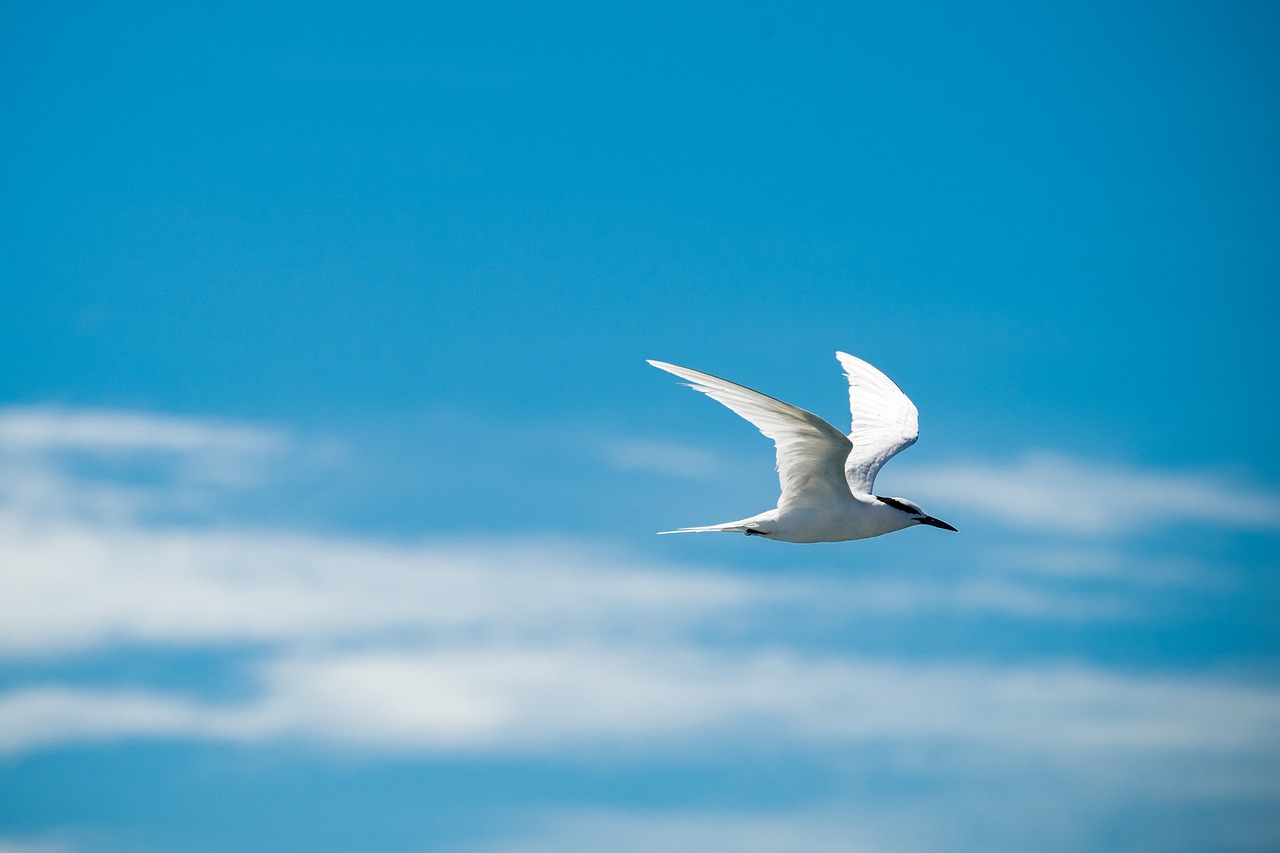
Water Features
Water features can be a stunning addition to any garden, bringing life and vibrancy that attracts a multitude of birds. However, if not designed with care, these features can also pose significant risks to our feathered friends. Imagine a beautiful fountain or pond shimmering under the sun, yet beneath its allure lies a potential trap for birds. So, how can we ensure that our water features remain a safe haven rather than a hazardous zone?
First and foremost, it's crucial to consider the depth of your water feature. Deep ponds can be perilous for small birds, as they might struggle to escape if they fall in. To combat this, you can create shallow areas or sloped edges, allowing birds to wade in safely. Additionally, adding rocks or logs can provide perches for birds to rest while they drink or bathe, making your garden not only beautiful but also functional.
Another important aspect to keep in mind is the cleanliness of your water feature. Stagnant water can become a breeding ground for mosquitoes and other pests, which can deter birds from visiting. Regular maintenance, such as cleaning debris and ensuring a constant flow of water, can keep the feature fresh and inviting. Consider incorporating a small pump to keep the water circulating; this not only helps prevent stagnation but also creates a soothing sound that can attract more birds.
Moreover, think about the placement of your water feature. Positioning it away from dense shrubbery can help reduce the risk of predators lurking nearby. Birds often prefer open spaces where they can easily spot danger, so placing your feature in a more exposed area can encourage them to visit. You might also want to surround the feature with native plants, providing natural cover while ensuring that birds feel safe as they approach.
Lastly, consider the materials used in your water feature. Sharp edges or slippery surfaces can lead to accidents for birds. Opt for smooth stones or natural materials that blend into the environment. If you're using glass or other reflective materials, be cautious, as these can confuse birds, leading to collisions. Ensuring that your water feature is both aesthetically pleasing and safe is key to creating a bird-friendly environment.
By taking these precautions, you can create a water feature that not only enhances the beauty of your garden but also serves as a sanctuary for birds. Remember, a little thoughtfulness can go a long way in ensuring that our gardens are safe spaces for wildlife. So, as you plan your next gardening project, keep these tips in mind to make a positive impact on your local bird population.
- What types of water features are best for attracting birds?
Shallow ponds, bird baths, and small fountains are excellent choices as they provide easy access for birds.
- How can I keep my water feature clean?
Regularly remove debris, use a pump to keep water flowing, and change the water frequently to prevent stagnation.
- Are there specific plants I should include around my water feature?
Native plants are ideal as they provide natural shelter and attract insects, which are also food sources for birds.
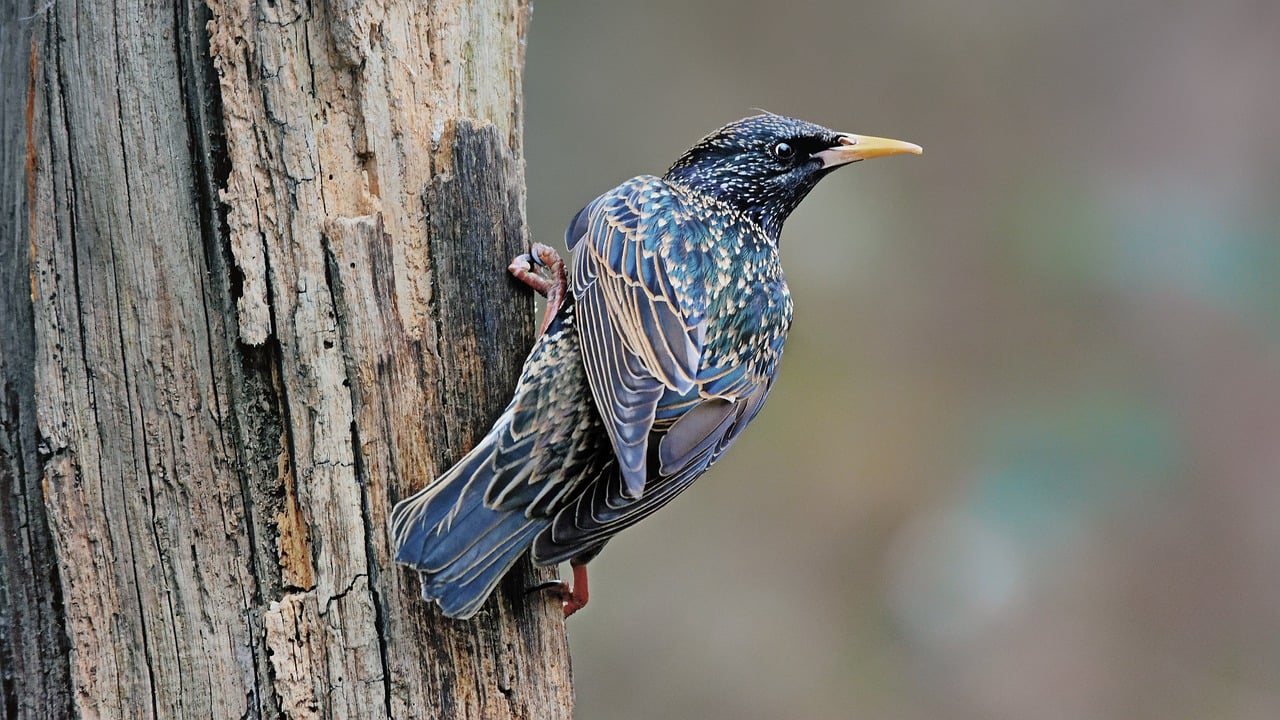
Creating a Bird-Friendly Garden
Transforming your garden into a bird-friendly sanctuary is easier than you might think! With just a few simple changes, you can create a vibrant habitat that not only attracts our feathered friends but also enhances the beauty of your outdoor space. Imagine stepping into your garden and being greeted by the cheerful songs of birds flitting from branch to branch, all while knowing you’re providing them with a safe haven. So, what are the essential elements to consider when designing a bird-friendly garden?
First and foremost, incorporating native plants is crucial. Native plants are adapted to your local environment and provide the right food and shelter for birds. They attract a variety of insects, which serve as a natural food source for many bird species. Additionally, the seeds, fruits, and nectar from native plants are highly appealing to birds. For instance, plants like black-eyed Susans, coneflowers, and serviceberries are not only beautiful but also beneficial for birds. By creating a diverse landscape with these plants, you can ensure that your garden is buzzing with life!
Another important aspect is providing adequate shelter. Birds need places to hide from predators and harsh weather. Consider adding dense shrubs, small trees, and even birdhouses to your garden. These structures offer a sense of security and encourage birds to nest in your space. When selecting birdhouses, ensure they are made of natural materials and are designed for the specific species you wish to attract. For example, a house with a small entrance hole will attract bluebirds, while a larger hole is suitable for wrens.
Water is another key element in a bird-friendly garden. Birds need water for drinking and bathing, so consider installing a birdbath or a small pond. Make sure the water source is shallow and has a rough surface to help birds perch safely. You can also add some stones or pebbles to create varying depths, allowing birds of all sizes to enjoy a refreshing dip. Remember to keep the water clean and fresh to create a welcoming environment.
Lastly, it's essential to maintain a chemical-free environment. As we discussed earlier, pesticides and herbicides can be harmful to birds and other wildlife. Instead of using chemicals, explore natural pest control methods. For example, you can introduce beneficial insects like ladybugs or lacewings that prey on common garden pests. Companion planting is another effective strategy; certain plants can repel pests naturally while attracting birds. By fostering a balanced ecosystem, you can keep your garden healthy without endangering its avian visitors.
In summary, creating a bird-friendly garden involves thoughtful planning and a commitment to maintaining a safe environment for birds. By incorporating native plants, providing shelter, ensuring access to clean water, and avoiding harmful chemicals, you can cultivate a thriving habitat that supports our feathered friends. So, roll up your sleeves and start transforming your garden into a sanctuary for birds—you’ll be amazed at the joy they bring!
- What types of plants attract birds? Native plants such as sunflowers, coneflowers, and serviceberries are excellent choices.
- How can I provide water for birds? A shallow birdbath or a small pond with varying depths is perfect for birds to drink and bathe.
- Are there safe alternatives to pesticides? Yes! Natural pest control methods like introducing beneficial insects and companion planting are effective and safe.
- How can I make my garden safe for birds? Avoid using chemicals, provide shelter with shrubs and birdhouses, and ensure safe water sources.
Frequently Asked Questions
- What are some common garden hazards for birds?
Common garden hazards for birds include toxic plants, harmful chemicals like pesticides, and unsafe structures such as netting and glass. Being aware of these dangers can help you create a safer environment for our feathered friends.
- How do pesticides affect birds?
Pesticides can have devastating effects on bird populations by poisoning them directly or reducing their food sources. For example, systemic pesticides are absorbed by plants and can harm birds that feed on those plants or the insects that live on them.
- What types of chemicals should I avoid in my garden?
Avoid using systemic pesticides, insecticides, and herbicides that are known to be harmful to birds. These chemicals not only affect the birds directly but can also eliminate the insects they rely on for food.
- What are some natural alternatives to chemical pest control?
There are several natural pest control methods that are safe for birds, such as companion planting, introducing beneficial insects, and using organic solutions. These alternatives can help manage pests effectively without harming wildlife.
- How can garden structures be unsafe for birds?
Certain garden structures, like netting and fences, can pose physical dangers to birds. Birds can become entangled in netting or collide with solid structures, leading to injury or even death.
- What should I consider when adding water features to my garden?
While water features can attract birds, it's essential to design them safely. Ensure that water sources are shallow and have gentle edges to prevent birds from drowning, and always keep the water clean and fresh.
- How can I create a bird-friendly garden?
You can create a bird-friendly garden by incorporating native plants, providing natural shelter, and ensuring that your garden is free from harmful chemicals. Simple changes, like adding birdhouses and feeders, can make a significant difference.



















